Why Spain is a great place for kids
Choosing the city that's right for you
Choosing the visa that's right for you
More than just great weather
Why Spain provides a better quality of life
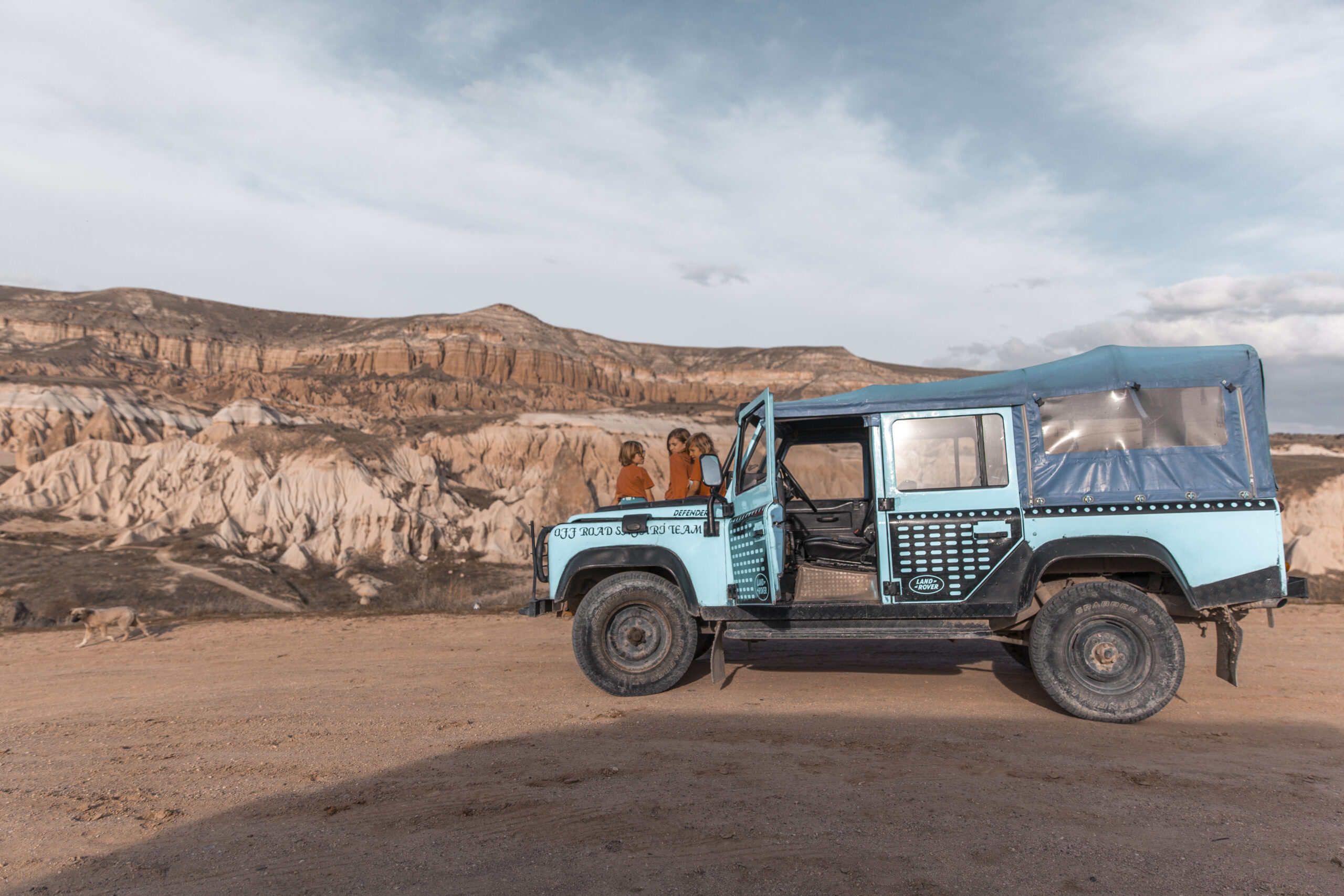
How we Plan
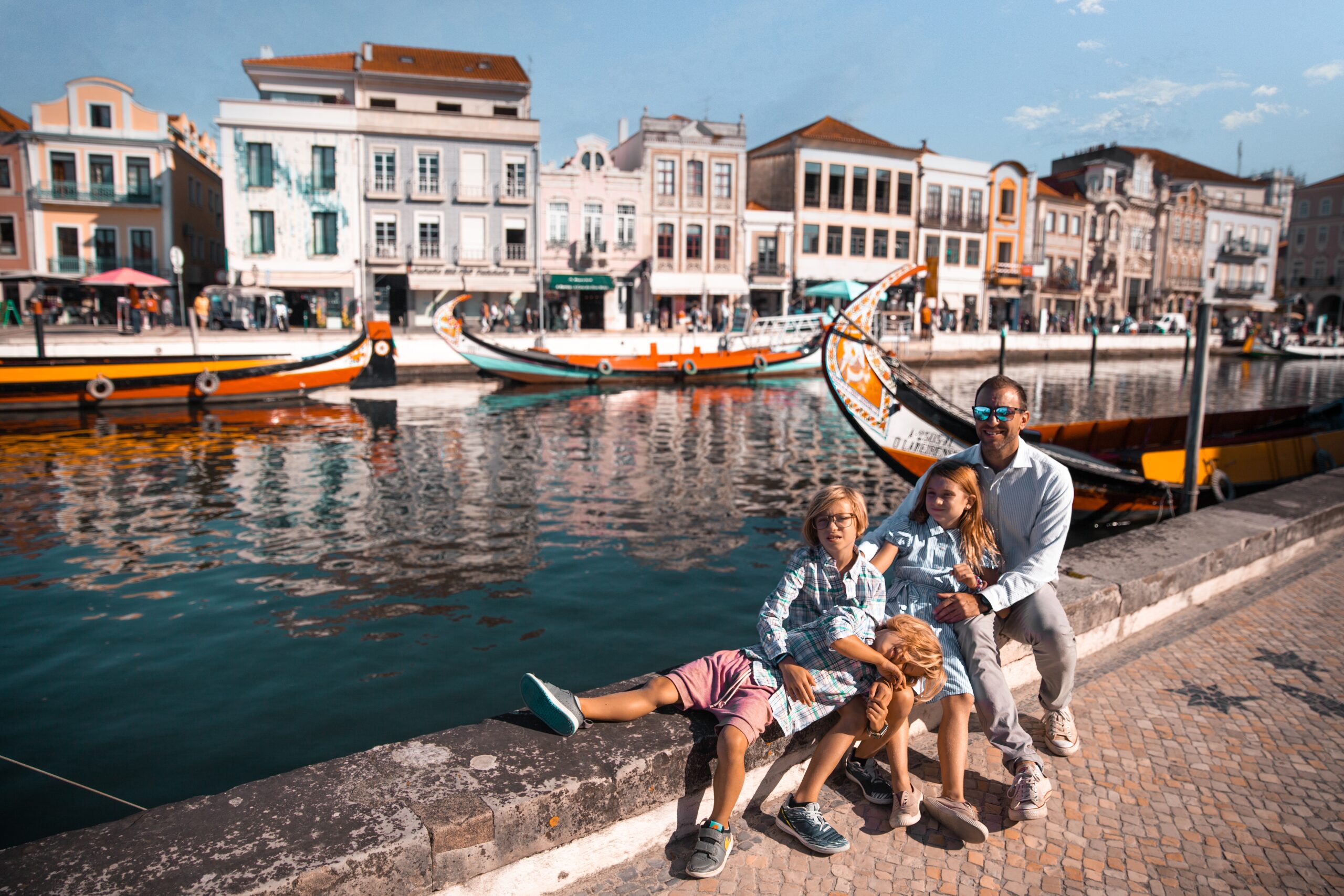
What we pack
Choosing Travel Insurance
Book Your Hotel
with Booking.com
Book Your Car
with RentalCars.com
Book Your Flight
with Skyscanner.com
Book Your Tour
with GetYourGuide.com
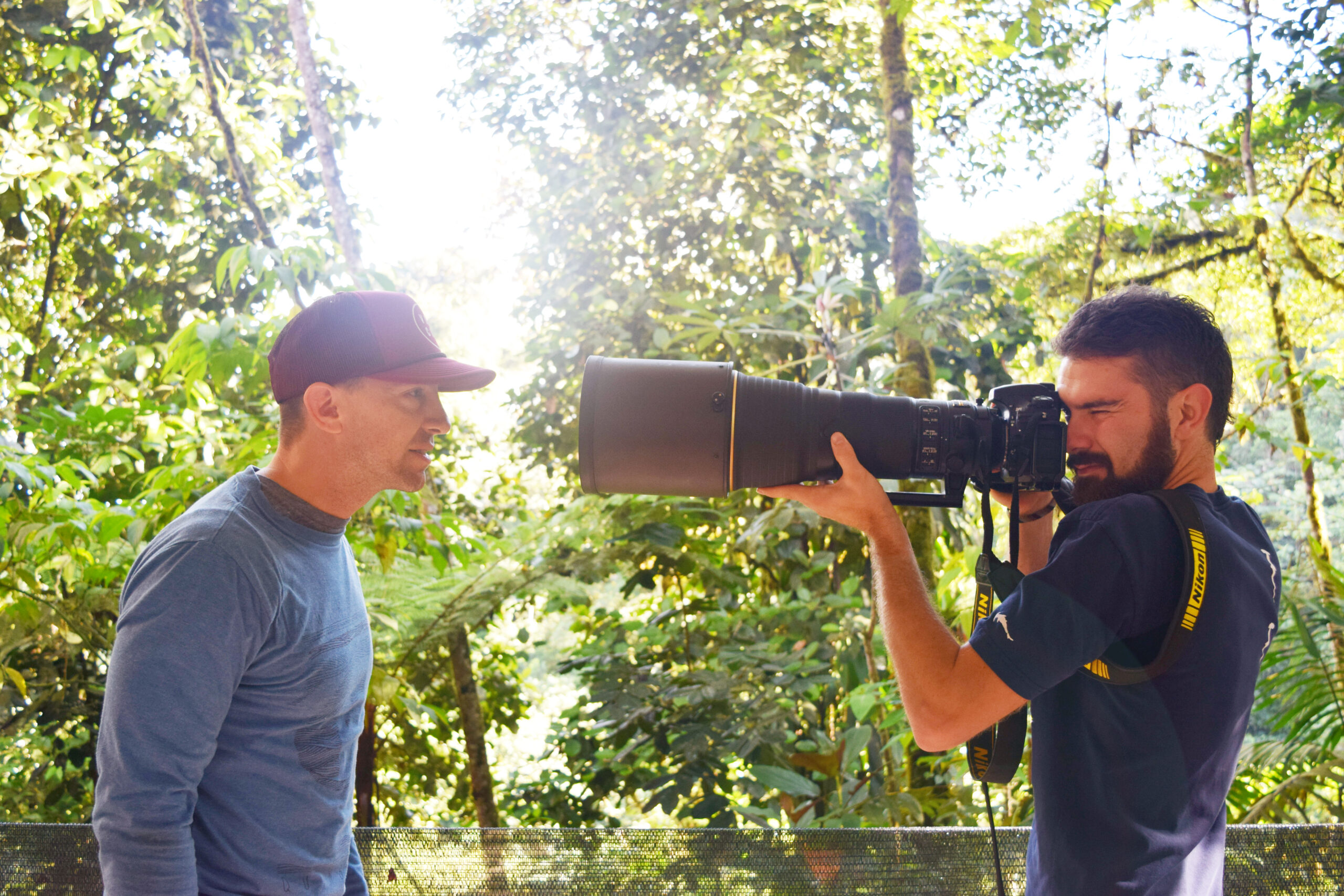
Our Camera Gear
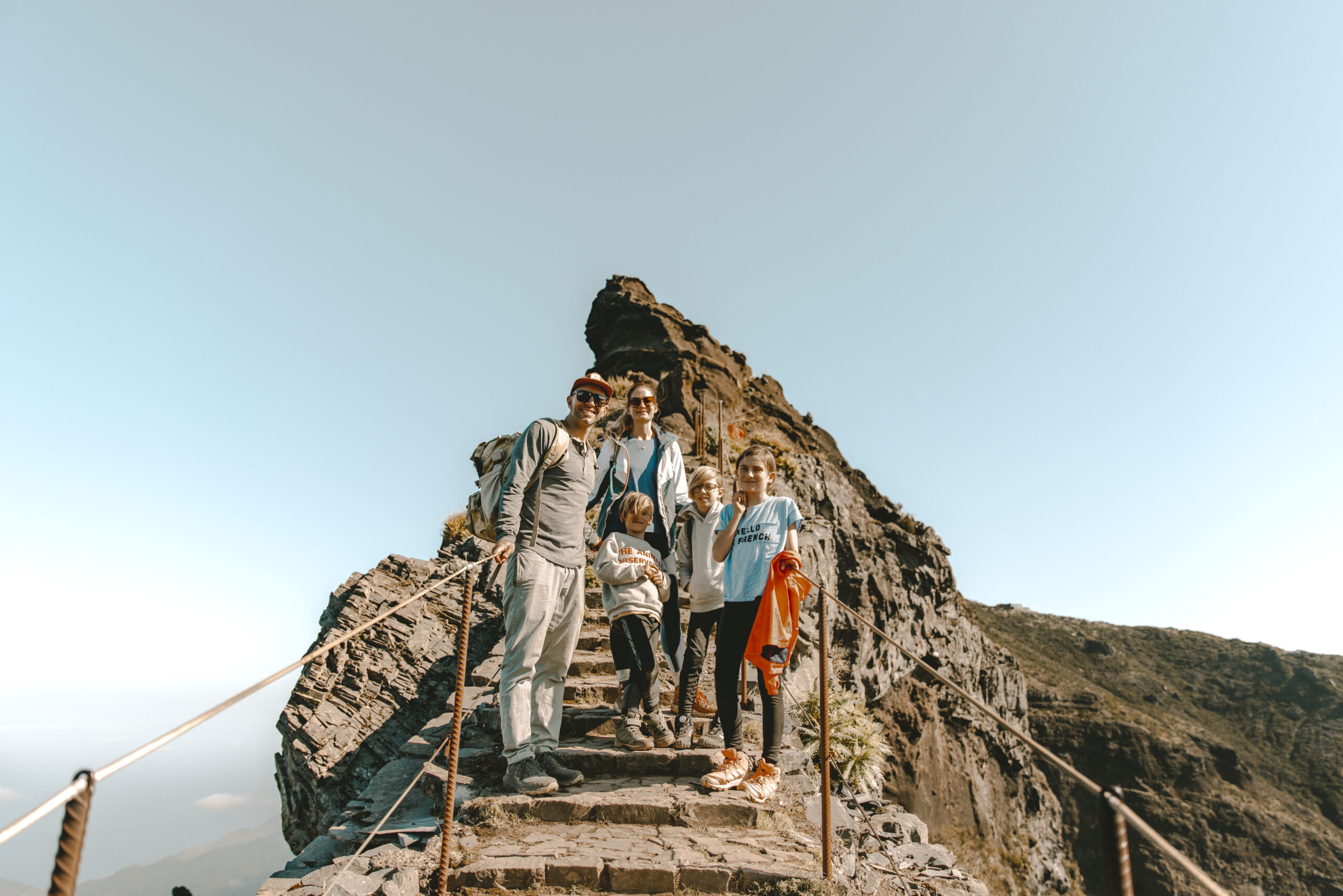
How We Fly
Choosing Your Destination
Guide to...
Cambodia
Cambodia, home to the iconic Angkor Wat temple complex, the charming streets of Siem Reap, and the pristine beaches of Sihanoukville, offers a captivating blend of ancient history, vibrant culture, and natural beauty waiting to be explored.
Map
Weather
Itineraries
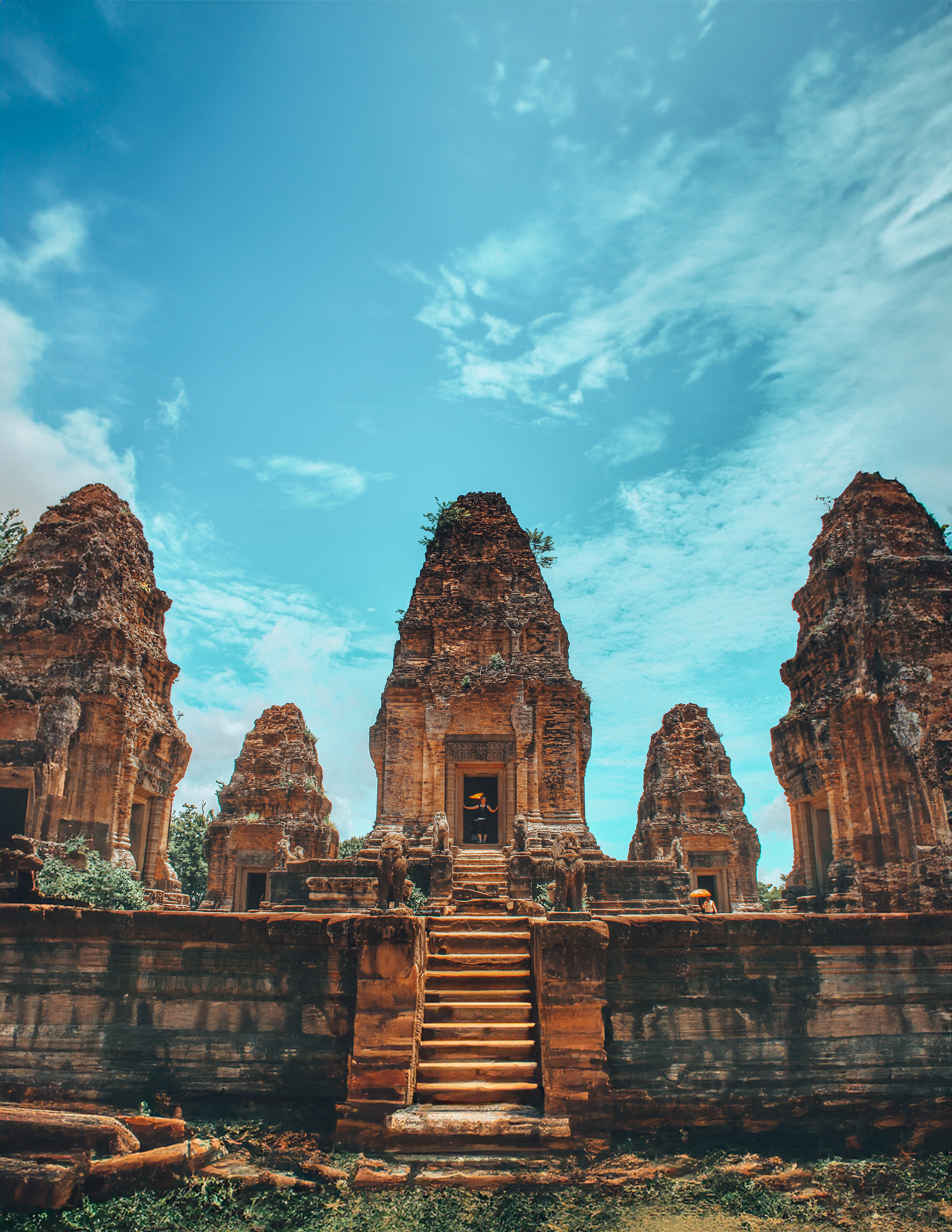
Coming Soon...
siem reap
Top Five Restaurants in siem reap
Chanrey Tree is a top dining destination in Siem Reap, known for its refined Cambodian cuisine. Nestled along the Siem Reap River, the restaurant offers a serene ambiance with both indoor and outdoor seating options. Their menu features traditional dishes like Amok and Beef Lok Lak, crafted with fresh, locally sourced ingredients.
Embassy is a fine-dining restaurant that showcases the culinary talents of the “Kimsan Twins,” two celebrated Cambodian chefs. The restaurant offers a sophisticated tasting menu that changes monthly, highlighting seasonal and locally sourced ingredients. Embassy’s intimate setting and exceptional service make it a favorite for special occasions.
Malis Restaurant brings traditional Cambodian cuisine to new heights with its innovative dishes and elegant presentation. Located in a beautifully restored colonial building, Malis offers a luxurious dining experience with a focus on authentic flavors. Signature dishes include the Prahok Ktiss and Crab Fried Rice.
Cuisine Wat Damnak blends French culinary techniques with local Cambodian ingredients to create unique and flavorful dishes. Helmed by Chef Joannès Rivière, the restaurant offers a seasonal tasting menu that changes every two weeks. The charming setting in a traditional wooden house adds to the overall dining experience.
Marum is a training restaurant run by Friends International, providing underprivileged youth with hospitality training and career opportunities. The menu features a mix of Cambodian and international dishes, with an emphasis on sharing plates. The restaurant’s lush garden setting and commitment to social good make it a standout choice.
Top Five hotels in siem reap
Blanc Smith Hotel is a boutique accommodation offering a blend of modern comfort and traditional Khmer hospitality. Located conveniently near the city center, it features stylish rooms, a rooftop pool, and a cozy café. Guests can enjoy easy access to local attractions, including the bustling Pub Street and the historic temples of Angkor.
Green Amazon Residence Hotel provides a tranquil escape with its lush garden setting and eco-friendly design. This hotel offers spacious rooms, a refreshing outdoor pool, and a restaurant serving both local and international cuisine. Its commitment to sustainability and peaceful ambiance make it a perfect retreat for nature lovers.
City Inn Hotel is a contemporary and budget-friendly option situated in the heart of Siem Reap. The hotel features clean and comfortable rooms, a friendly staff, and convenient amenities such as free Wi-Fi and an on-site restaurant. Its central location makes it an excellent base for exploring the city’s vibrant markets and cultural sites.
Le Watwam Hotel exudes charm with its elegant design and personalized service. Guests can enjoy luxurious accommodations, a serene spa, and exquisite dining options in a peaceful setting. The hotel’s proximity to Angkor Wat and other key attractions makes it an ideal choice for travelers seeking both comfort and convenience.
Prana Hotel offers a serene and rejuvenating stay with its focus on wellness and relaxation. The hotel features beautifully designed rooms, a tranquil pool area, and a holistic spa offering various treatments. Its peaceful atmosphere and attentive service ensure a refreshing escape from the hustle and bustle of Siem Reap.
FAQ's
What are the main things to do with kids in Cambodia
Cambodia is a fascinating country with a rich culture and history, offering plenty of engaging activities for families with kids. Here are some of the main things to do with kids in Cambodia:
1. Angkor Wat and the Angkor Archaeological Park: Exploring the iconic Angkor Wat temple complex and the surrounding ancient cities is a must-do in Cambodia. While it may be challenging for younger kids to fully appreciate the historical significance, they will likely be in awe of the massive stone temples and intricate carvings.
2. Phnom Penh City Tour: Cambodia’s capital, Phnom Penh, offers a mix of historical sites and modern attractions. Visit the Royal Palace, the National Museum, and the Wat Phnom temple. For kids, the Mekong River cruise and the Phnom Tamao Wildlife Rescue Center can be educational and fun.
3. Siem Reap and Tonle Sap Lake: Siem Reap, the gateway to Angkor Wat, is a vibrant city with plenty of kid-friendly activities. Take a boat tour on Tonle Sap Lake, visit the Cambodian Landmine Museum, or explore the Angkor National Museum to learn about Khmer culture and history.
4. Beaches and Islands: Cambodia has some beautiful beaches and islands, particularly in the coastal areas of Sihanoukville and Kep. Kids can enjoy swimming, snorkeling, and beach activities while parents relax.
5. Cambodian Cultural Experiences: Introduce your kids to traditional Cambodian arts and crafts by attending a Khmer dance performance, visiting a pottery village, or taking a cooking class to learn about Cambodian cuisine.
6. Adventure Activities: For older kids and adventurous families, you can explore the Cambodian countryside by bike, go zip-lining, or take a wildlife-watching tour in the national parks.
Remember to be mindful of your children’s ages and interests, and adjust the activities accordingly. It’s also important to respect local customs and dress modestly when visiting religious sites.
What is Cambodia famous for?
Cambodia is famous for several things, including:
1. Angkor Wat: This massive temple complex in Siem Reap is one of the most iconic and impressive archaeological sites in the world. The stunning architecture and intricate stone carvings of Angkor Wat and the surrounding temples are a testament to the grandeur of the Khmer Empire.
2. Khmer Culture and History: Cambodia has a rich cultural heritage dating back to the Khmer Empire, which ruled much of Southeast Asia from the 9th to the 15th centuries. The country is famous for its ancient temples, traditional Khmer art forms like dance and shadow puppetry, and its unique cuisine.
3. Cambodian Genocide: While a dark chapter, the Cambodian genocide carried out by the Khmer Rouge regime from 1975 to 1979 is a significant part of the country’s modern history. The Tuol Sleng Genocide Museum and the Killing Fields remind visitors of this tragic period.
4. Beaches and Islands: Cambodia’s coastline along the Gulf of Thailand is known for its beautiful beaches and idyllic islands like Koh Rong and Koh Rong Samloem, which are popular tourist destinations.
5. Silk and Handicrafts: Cambodian silk products, including scarves, clothing, and artwork, are famous for their quality and intricate designs. The country is also known for its skilled artisans who produce exquisite handicrafts like stone and wood carvings, and silver jewelry.
6. Hospitality and Resilience: Despite its turbulent history, Cambodians are renowned for their warm hospitality, resilience, and gentle nature, which have helped the country rebuild and flourish in recent decades.
7. Temples and Ruins: Beyond Angkor Wat, Cambodia is home to numerous other impressive temple complexes and ancient ruins, such as Banteay Srei, Preah Vihear, and the temple cities of Sambor Prei Kuk and Koh Ker.
What power plug type does Cambodia use?
Cambodia uses the following power plug types:
Type A – This is the flat two-parallel-pin plug type commonly used in the United States, Canada, Mexico, and Japan. The voltage is 230V and the frequency is 50Hz.
Type C – This is the two-round-pin plug type commonly used in many European and other continental countries. The voltage is 230V and the frequency is 50Hz.
So travelers from the United States, Canada, Mexico, Japan and many European countries can use their standard plugs in Cambodia without an adapter. However, an adapter may still be needed for electronics with different voltage requirements.
For travelers from countries that use different plug types, like the UK (Type G), Australia/New Zealand (Type I), etc., they will need to bring a universal adapter that has inputs to accept Type A and Type C plugs.
It’s always a good idea for visitors to Cambodia to carry a universal travel adapter set that can accept the various plug types depending on where their electronics are from. This allows flexibility when charging laptops, phones, cameras and other devices during the trip.
Is Cambodia safe?
Cambodia is generally safe for tourists who take normal precautions, but there are some safety concerns to be aware of:
Petty Crime – Bag snatching, pickpocketing, and opportunistic theft are common, especially in major cities like Phnom Penh, Siem Reap, and Sihanoukville. Take precautions by being aware of your surroundings and not flaunting valuables.
Traffic Safety – Road conditions are poor, and traffic rules are often ignored. Use extreme caution when crossing streets, especially in cities. Only use licensed taxis and tuk-tuks.
Scams – Common tourist scams include being overcharged by taxis, fake admission tickets being sold, and people posing as tourism officials asking for fees. Only use official services.
Landmines – While major cities are safe, there are still uncleared landmines/unexploded ordnance in remote regions. Never wander into off-path areas.
Natural Hazards – Flooding is possible during rainy season. Be prepared and monitor weather advisories.
Overall, millions visit Cambodia annually without any major incidents by sticking to well-traveled areas, using registered guides/tours, keeping belongings secure, and avoiding questionable situations. Taking basic precautions allows for a safe and rewarding trip. Areas near land borders tend to carry higher risks.
What are the top five must-visit historical sites in Cambodia for first-time visitors?
Cambodia is home to numerous ancient historical sites, but for first-time visitors, here are the top five must-visit places:
1. Angkor Wat: This iconic 12th-century temple complex in Siem Reap is the largest religious monument in the world and the crown jewel of Khmer architecture. Exploring the intricate stone carvings and the grand scale of Angkor Wat is a highlight for any visitor to Cambodia.
2. Bayon Temple: Located within the Angkor Archaeological Park, the Bayon Temple is famous for its massive stone faces carved into the towers. The serene yet striking expressions make it one of the most unique temples in the complex.
3. Ta Prohm: This temple complex, left in the same semi-ruined state as it was discovered, has been largely consumed by the surrounding jungle, with massive tree roots snaking through the stone structures, creating a hauntingly beautiful atmosphere.
4. Preah Vihear Temple: Perched atop the Dangrek Mountains near the Thai border, this ancient Hindu temple offers breathtaking views and stunning architecture that blends seamlessly with the natural surroundings.
5. Tuol Sleng Genocide Museum and Killing Fields: While somber, these sites in Phnom Penh serve as a stark reminder of the atrocities committed during the Khmer Rouge regime’s genocide in the late 1970s, offering a chilling but important history lesson.
Other honorable mentions include the temple cities of Sambor Prei Kuk, Banteay Srei with its exquisite carvings, and the riverside French colonial architecture of Phnom Penh. With its rich history spanning centuries, Cambodia offers an incredible array of historical sites to explore.
What current travel restrictions should visitors be aware of before traveling to Cambodia?
As of May 2024, there are currently no major travel restrictions in place for visitors traveling to Cambodia. However, here are a few things visitors should be aware of:
COVID-19 Requirements:
– While Cambodia has lifted most of its COVID-19 entry requirements, some measures may still be in place depending on the situation at the time of travel. Visitors should check the latest guidelines from the Cambodian authorities prior to their trip.
Visa Requirements:
– Many nationalities are eligible for a visa on arrival at Cambodian airports and borders for a fee of $30-$35 USD for a regular tourist visa valid for 30 days. However, some visitors may need to obtain a visa in advance from their nearest Cambodian embassy or consulate.
– Proof of onward travel and sufficient funds may be requested on arrival.
Vaccination Requirements:
– There are no current vaccination requirements for visitors beyond the standard recommended vaccines like hepatitis A/B, typhoid, etc. However, requirements can change, so check for any updates before travel.
Restricted Areas:
– Certain remote areas near land borders may have travel restrictions or require special permits due to potential risks like landmines or banditry. Check for the latest advisories.
As always when traveling internationally, visitors should ensure their passports are valid for at least 6 months beyond the travel dates. It’s also advisable to purchase comprehensive travel insurance.
I’d recommend visitors consult their local embassy/travel advisories and the Cambodian authorities’ guidelines closer to their planned travel dates for any updates on entry requirements or restrictions. Taking a few simple precautions can help ensure a smooth and safe trip to Cambodia.
What are some popular travel packages for exploring Cambodia, and what unique experiences do they offer?
Cambodia offers a variety of travel packages that cater to different interests and budgets. Here are some popular options and the unique experiences they provide:
1. Angkor Wat Discovery Tours: These packages focus on exploring the iconic Angkor Archaeological Park in Siem Reap. They often include guided tours of the main temples like Angkor Wat, Bayon, and Ta Prohm, as well as lesser-known sites. Some packages offer unique experiences like sunrise tours, helicopter flights over the temples, or visits to remote jungle temples.
2. Phnom Penh City and Killing Fields Tours: These tours delve into Cambodia’s turbulent history, visiting sites like the Tuol Sleng Genocide Museum, Killing Fields, and the Royal Palace in Phnom Penh. Some packages include opportunities to meet with survivors and learn about the Khmer Rouge regime firsthand.
3. Coastal and Island Getaways: For those seeking relaxation, packages focused on Cambodia’s pristine beaches and islands are popular. These often include accommodations on islands like Koh Rong or Koh Rong Samloem, with opportunities for snorkeling, diving, and beach activities.
4. Mekong River Cruises: These packages offer a unique way to experience the Mekong River and rural Cambodian life. Cruises typically involve multi-day journeys on traditional riverboats, stopping at villages, floating markets, and scenic spots along the way.
5. Adventure and Eco-Tours: For more active travelers, adventure packages offer activities like trekking in national parks, jungle zipline tours, mountain biking, and visits to remote ethnic minority communities. Some focus on sustainable tourism and include volunteering opportunities.
6. Cultural Immersion Packages: These packages provide an in-depth look at traditional Cambodian culture, including visits to artisan workshops, cooking classes, performances of classical Khmer dance and music, and homestays with local families.
Many tour operators also offer customized packages that combine elements of history, culture, adventure, and relaxation based on individual interests and preferences.
Which travel guides are recommended for a comprehensive exploration of Cambodia, and why?
Here are some highly recommended travel guides for a comprehensive exploration of Cambodia:
1. Lonely Planet Cambodia
Lonely Planet is one of the most popular and trusted names in travel guides. Their Cambodia guide provides in-depth coverage of the country’s history, culture, and top attractions. It also includes detailed maps, practical information on transportation and accommodation, and off-the-beaten-path suggestions.
2. DK Eyewitness Travel Guide: Cambodia and Laos
This guide from DK is known for its stunning photography and well-designed layouts. It offers a visual overview of Cambodia’s top sights, along with 3D illustrations of key attractions like Angkor Wat. The guide also includes detailed maps and practical information for travelers.
3. Rough Guides Cambodia
The Rough Guides series is appreciated for its detailed, on-the-ground research and focus on budget travel. Their Cambodia guide provides comprehensive coverage of the country’s history, culture, and attractions, as well as practical advice for independent travelers.
4. National Geographic Traveler: Cambodia
National Geographic’s guide offers a more concise overview of Cambodia’s highlights, but with the brand’s signature high-quality photography and well-researched cultural insights. It’s a great option for those seeking a more visually-driven guide.
5. Fodor’s Essential Cambodia
Fodor’s is a trusted name in travel guides, and their Essential Cambodia guide covers the country’s top destinations and experiences. It includes detailed reviews of hotels, restaurants, and activities, as well as practical tips for getting around.
In addition to these comprehensive guides, it’s also recommended to supplement with more focused guides on specific regions or attractions, such as the Angkor Archaeological Park or the Mekong River, depending on your interests.

